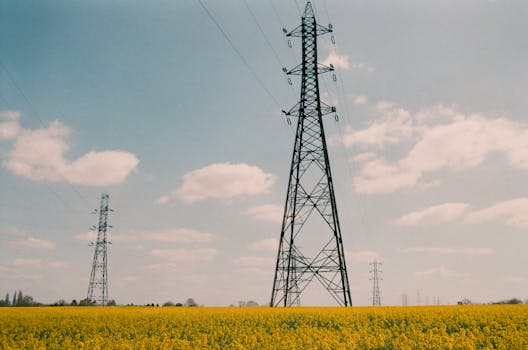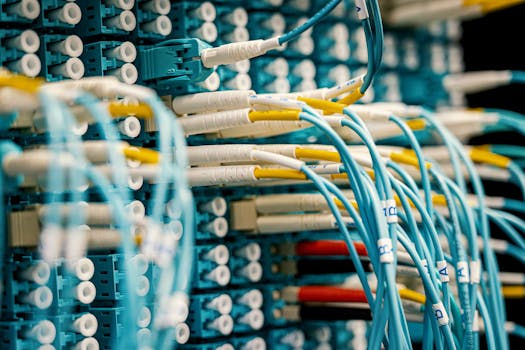
Shattering Speed Limits: The Advantages of High-Speed Light Transmission through Flexible Fibers
High-Speed Light Transmission through Flexible Fibers is a groundbreaking technology that has been gaining significant attention in recent years. As the demand for faster and more reliable data transmission continues to grow, this innovative method has emerged as a game-changer in the field of optical communications. In this article, we will delve into the advantages of high-speed light transmission through flexible fibers and explore its potential to revolutionize the way we transmit data.
High-Speed Light Transmission through Flexible Fibers utilizes flexible optical fibers to transmit data as light signals. This technology has several advantages over traditional transmission methods, including increased speed, lower latency, and higher bandwidth. The flexible fibers used in this technology are designed to be more resilient and resistant to damage, making them ideal for use in a variety of applications, including telecommunications, data centers, and industrial networks.
Advantages of High-Speed Light Transmission through Flexible Fibers

One of the primary advantages of high-speed light transmission through flexible fibers is its ability to transmit data at speeds of up to 100 Gbps. This is significantly faster than traditional transmission methods, which are often limited to speeds of 10 Gbps or less. The increased speed of high-speed light transmission through flexible fibers makes it an ideal solution for applications that require high-bandwidth and low-latency data transmission, such as video streaming, online gaming, and cloud computing.
In addition to its high speed, high-speed light transmission through flexible fibers also offers lower latency than traditional transmission methods. Latency refers to the delay between the time data is sent and the time it is received. High-speed light transmission through flexible fibers reduces latency by minimizing the time it takes for data to travel through the fiber. This makes it an ideal solution for applications that require real-time data transmission, such as virtual reality, online gaming, and financial trading.
Applications of High-Speed Light Transmission through Flexible Fibers

High-speed light transmission through flexible fibers has a wide range of applications across various industries. In the telecommunications industry, it is used to provide high-speed internet connectivity to homes and businesses. In data centers, it is used to interconnect servers and storage systems, enabling faster data transfer and processing. In industrial networks, it is used to connect machines and devices, enabling real-time monitoring and control.
In addition to these applications, high-speed light transmission through flexible fibers is also being used in emerging technologies such as 5G networks, IoT, and autonomous vehicles. The high speed and low latency of this technology make it an ideal solution for these applications, which require fast and reliable data transmission to function effectively.
Conclusion

In conclusion, high-speed light transmission through flexible fibers is a revolutionary technology that has the potential to transform the field of optical communications. Its advantages, including high speed, low latency, and high bandwidth, make it an ideal solution for a wide range of applications. As the demand for faster and more reliable data transmission continues to grow, high-speed light transmission through flexible fibers is likely to play an increasingly important role in shaping the future of telecommunications and beyond.